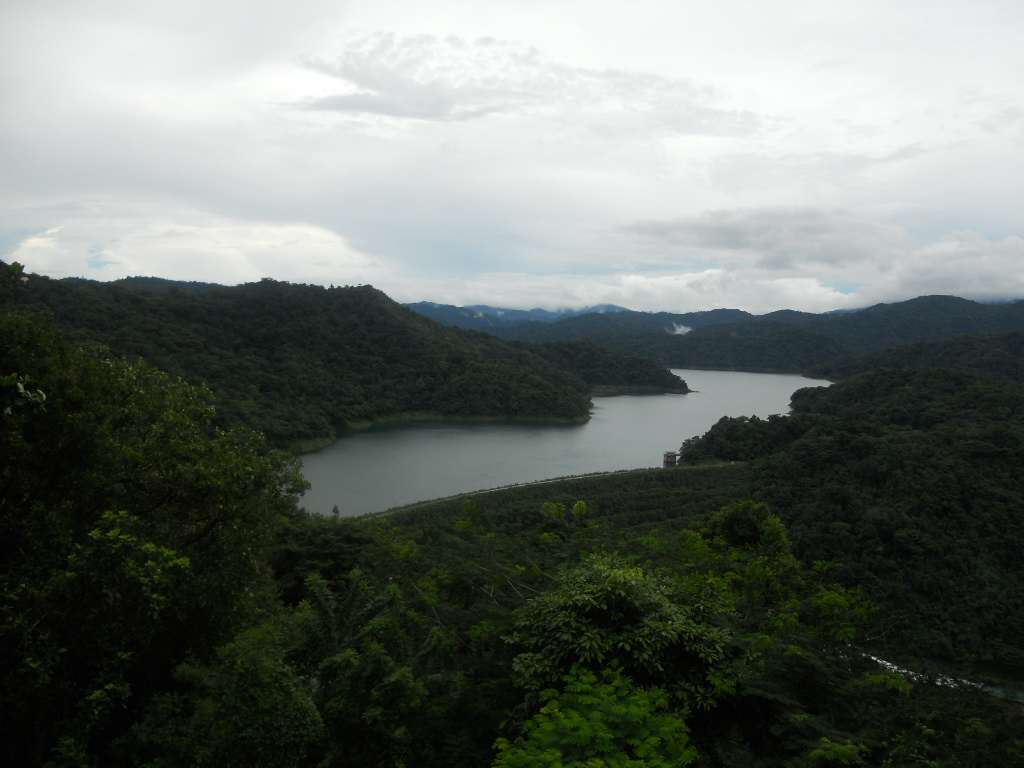
MANILA – Reserve in Metro Manila’s rain-fed main water source Angat Dam will dip further but likely to remain above its critical level until the drought-driving strong El Nino phenomenon’s expected termination around mid-2016.
State-run Philippine Atmospheric, Geophysical and Astronomical Services Administration (PAGASA) reported that Angat’s reserve had an elevation of 204.41 meters as of 6 a.m. Thursday (March 10), lower than its 204.62 meters level 24 hours earlier.
Latest projections of PAGASA hydrologist Richard Orendain show that the elevation of Angat’s reserve even be lower at 201.70 meters, 196.68 meters, 190.9 meters and 184.70 meters by the end of March, April, May and June, respectively.
But he noted, “Such projections are above Angat’s minimum operating level (MOL) of 180 meters.”
He based his projections on the assumption that Angat would receive water, noting PAGASA forecast near-normal rainfall around mid-2016 with El Nino’s expected termination then.
The projections were also based on the assumption that Angat’s water allocation would be its normal 42 cubic meters per second.
MOL is a critical point in Angat Dam’s operation as the protocol of government is to suspend release of irrigation water from the facility if reserve there dips below this level.
Government adopted such protocol to help ensure supply of water for Metro Manila.
Even if Angat Dam receives no water, Orendain still projects reserve there to be at the above-MOL elevation of 200.80 meters, 194.40 meters and 186.8 meters by end of this month, April and May, respectively.
Zero water inflow can bring Angat’s reserve to the below-MOL elevation of 178 meters by June’s end, however, he said.
PAGASA does not expect a no-rainfall scenario in Angat watershed this June and onwards, though.
In its latest forecast, PAGASA said mean rainfall in Angat watershed would likely increase from a way below-normal 14.6 mm only this March to a below-normal 35.9 mm in April and near-normal levels of 219.2 mm in May and 328.5 mm in June, noted PAGASA.
Mean rainfall there this year could even reach a near-normal 420.80 mm in July and 446.60 mm in August, PAGASA said.
Despite Angat Dam’s positive water prospects, Orendain cited need for continuing conservation of water from that facility.
He said conservation measures would help ensure availability of Angat water.
Last year, government suspended the release of Angat water for irrigation and reduced the dam’s water allocation for Metro Manila.
Government undertook such measures to help guard against a possible water crisis as PAGASA warned the prevailing El Nino could reach record intensity.
PAGASA said latest available models so far indicated the prevailing El Nino’s gradual weakening through the March-April-May 2016 period.
“El Nino is in its decaying stage,” PAGASA’s Climate Monitoring and Prediction Section OIC Anthony Lucero said at a forum earlier this week.
The models likewise indicate possible transition from El Nino to neutral conditions during the May-June-July period this year.
Lucero expects most areas of the country to have near-normal rainfall by June and July this year.
“Conditions will most probably be neutral already by July’s end,” he also said.
For March to June 2016, PAGASA forecast zero to one tropical cyclone (TC) in the country.
Between one and three TCs are possible in July while two to four TCs could occur in August, PAGASA added.
Aside from TCs, PAGASA identified the rain-driving southwest monsoon and low-pressure area as among weather systems that can affect the country from May to August 2016.